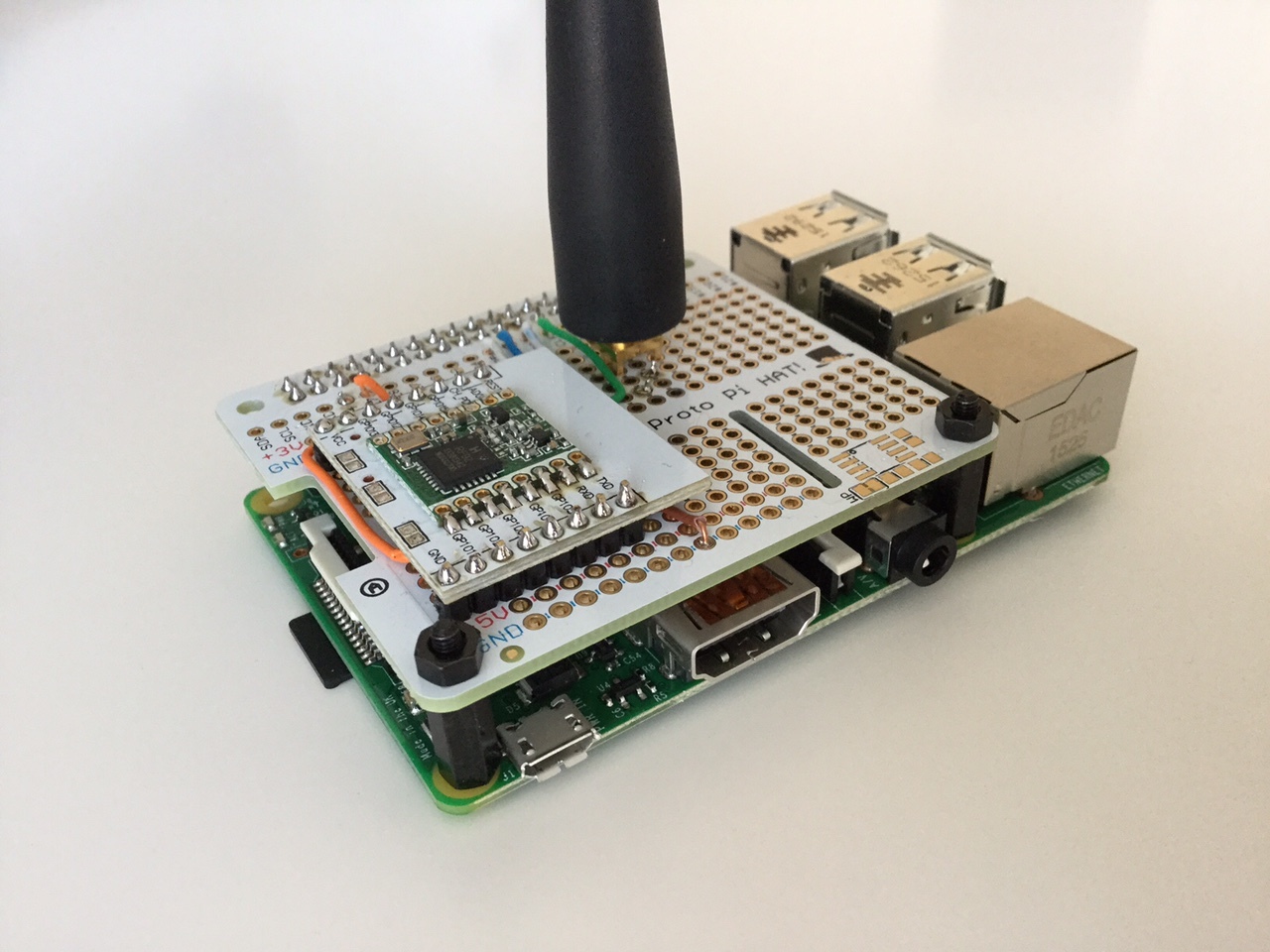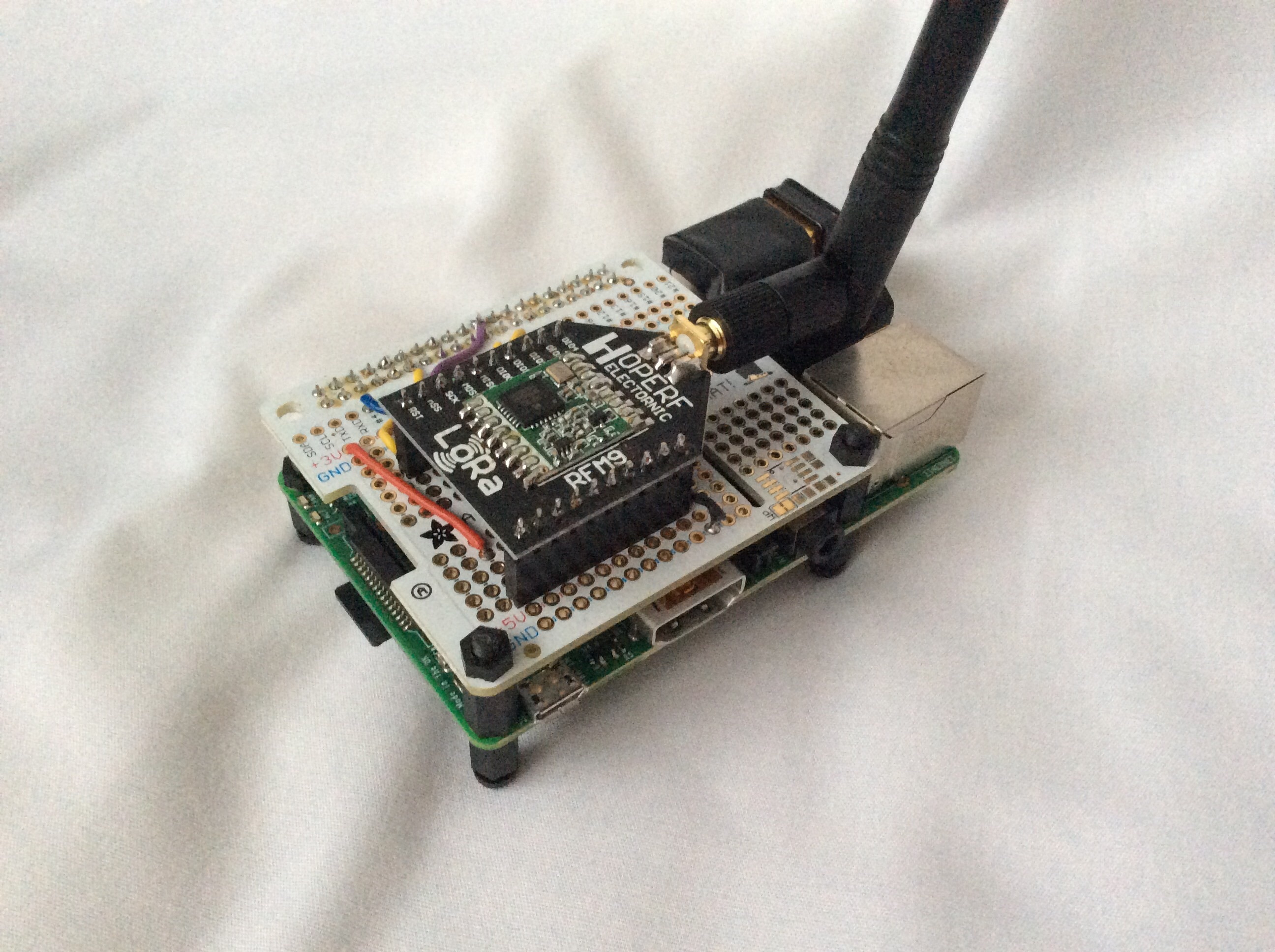Disclaimer
Single channel packet forwarders are NOT supported by The Things Network
and we condemn their use.
Single Channel Packet Forwarders are not LoRaWAN compliant gateways.
They negatively impact proper operation of gateways and end devices (nodes) in their area which means they negatively impact The Things Network and its users, but they also impact other LoRaWAN operators. Not only now, but also in the future when new nodes and new gateways are added in the area.
Single Channel Packet Forwarders are often called Single Channel Gateways which is incorrect, confusing and misleading. They shall not be called gateways.
Be aware that some vendors will try to sell Single Channel Packet Forwarders as a gateway which they are not. These cannot be used as gateway for The Things Network.
NOT supported also means that single channel packet forwarders may no longer work after the community network will be migrated to V3.
Only LoRaWAN compliant gateways are supported by The Things Network.
History
Years ago in the early days of The Things Network, LoRaWAN gateways were very expensive and out of reach for many. In those days a Single Channel Packet Forwarder was an affordable alternative to start experimenting with the technology and The Things Network.
During recent years much cheaper and much more affordable gateways have become available. The Things Indoor Gateway costs around €85 (VAT included) and there are many options for both DIY and commercial gateways in the price range from €120 to €200.
In the last years many gateways have been deployed worldwide and network coverage has become available in many areas on the globe. The effect and importance of the negative impact of Single Channel Packet Forwarders on successful operation of the network and its users has substantially increased with the growth of the network. Therefore use of Single Channel Packet Forwarders is now deprecated and is condemned by The Things Network and on this forum.
(end of disclaimer)
I have released a first version of a single channel gateway. This is a proof-of-concept implementation, that can be used for development and node testing. It is not a replacement for a real multi channel/multi SF gateway! It supports some LoRaWAN features, but due to its static nature (single channel) it is not fully LoRaWAN compatible (and will never be).
By default it works with the TTN backend, for testing and development.
It runs on a Raspberry Pi (any model), using an SX1272 (for example the HopeRF RFM92W) over the SPI bus.
@Batilan already kindly offered to tidy and structure the code, add cli options, etc.
The code and instructions you can found here:
Example hardware:





 )
)